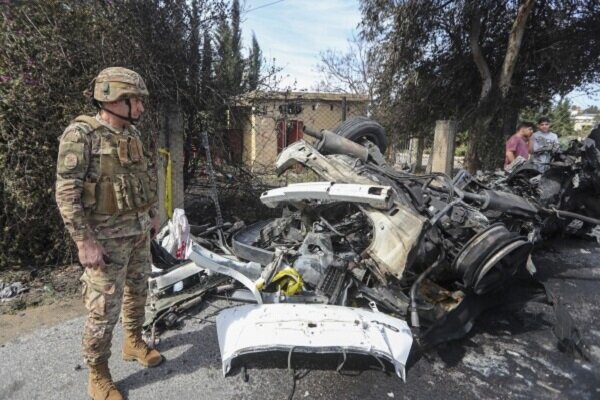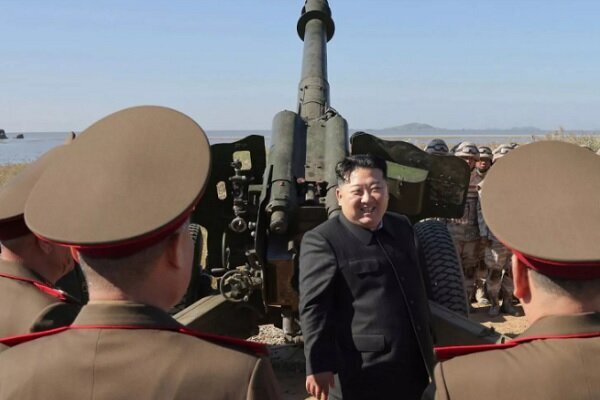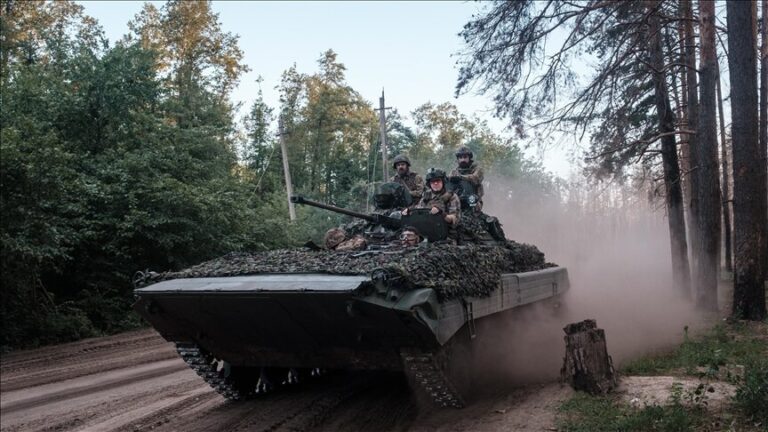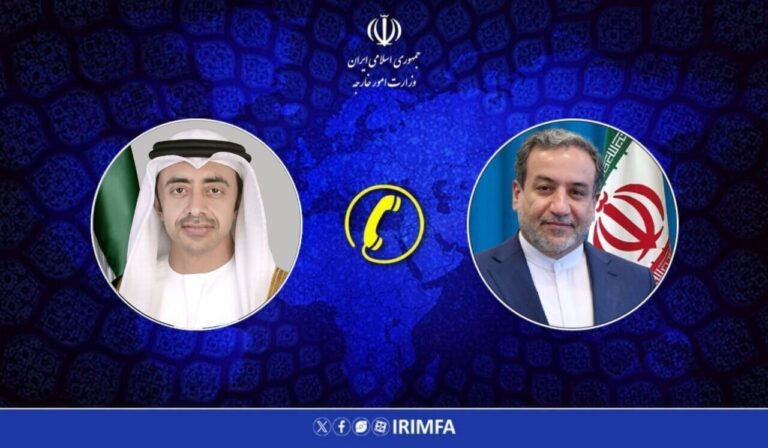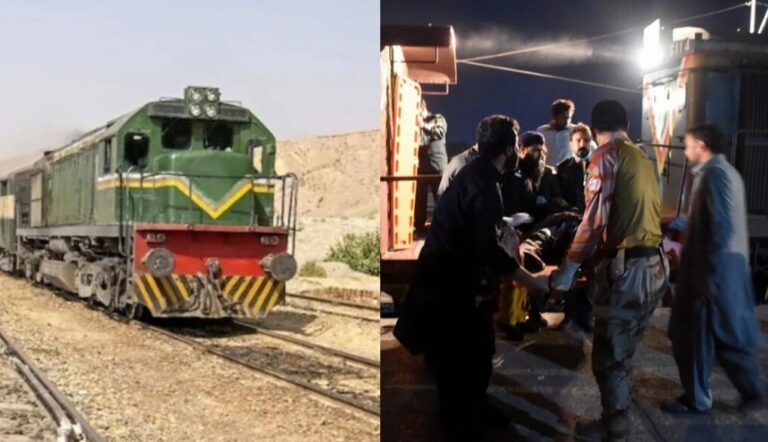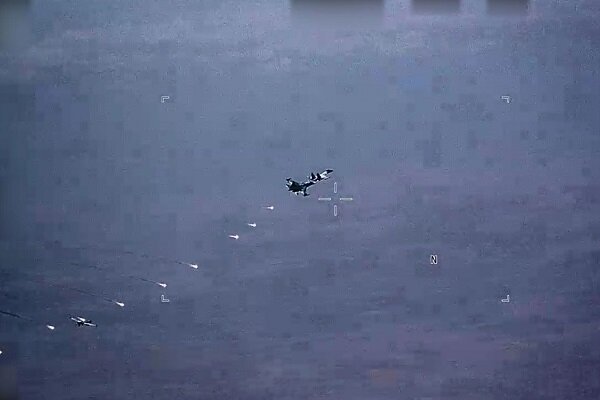Israeli Drone Strike Targets Vehicle in Southern Lebanon: Tensions Escalate
In a significant development in Middle Eastern politics, Israeli forces have entered into a ceasefire agreement with Hezbollah as of November last year. However, this truce has been marred by ongoing accusations of violations from both parties, as reported by Al Jazeera. The situation remains tense, with Israel delaying its promised troop withdrawal and maintaining control over various strategic locations in southern Lebanon.
The current state of affairs has raised concerns among international observers and local populations alike. Here’s a deeper look into the situation:
- Ceasefire Agreement: The ceasefire deal established in November aimed to reduce hostilities between Israeli forces and Hezbollah.
- Accusations of Violations: Both sides have publicly accused each other of failing to adhere to the terms of the ceasefire.
- Troop Withdrawal Delays: Israel has postponed its troop withdrawal that was initially scheduled for January, which has further exacerbated tensions.
- Occupation of Hilltops: Israeli forces continue to occupy several strategic hilltops in southern Lebanon, which has been a point of contention.
- Military Operations: Israel has reportedly conducted near-daily military operations in Lebanon, justifying these actions by claiming they are targeting Hezbollah fighters and weapon caches.
According to the Mehr News Agency, the ongoing military actions have been characterized as a response to perceived threats from Hezbollah. This has led to a cycle of retaliation and counter-retaliation, further complicating the already fragile situation.
The implications of these hostilities extend beyond the immediate conflict zone. The continued military presence and operations by Israel in Lebanon could lead to broader regional instability, impacting neighboring countries and international relations.
Hezbollah, a significant political and military force in Lebanon, has vowed to resist Israeli actions. This defiance is rooted in a long history of conflict, marked by various skirmishes and wars over the past decades. As both sides dig in, the prospect of a sustained peace remains uncertain.
Here are some key factors contributing to the ongoing conflict:
- Historical Context: The long-standing animosity between Israel and Hezbollah is influenced by historical events, including the 2006 Lebanon War.
- Geopolitical Dynamics: The involvement of regional powers and their interests complicates the situation, with both sides receiving support from different international allies.
- Socio-Economic Impact: The ongoing conflict has resulted in significant economic strain on Lebanon, affecting everyday life for its citizens.
- Humanitarian Concerns: Continuous military actions have raised alarms regarding the humanitarian situation in affected areas, with civilians often caught in the crossfire.
The international community has called for restraint from both parties, urging them to return to diplomatic negotiations to avoid further escalation. However, the entrenched positions and mutual distrust make dialogue challenging.
In conclusion, while the ceasefire agreement between Israeli forces and Hezbollah was a positive step towards reducing violence, the reality on the ground paints a more complex picture. With ongoing accusations of violations, troop withdrawals on hold, and continuous military operations, the path to lasting peace remains fraught with challenges. Both sides must find common ground and prioritize dialogue over military action to secure a safer future for the region.
The situation continues to develop, and it is imperative for observers and stakeholders to remain vigilant and engaged to foster peace and stability in the region.
